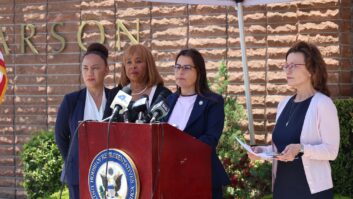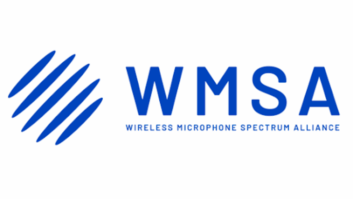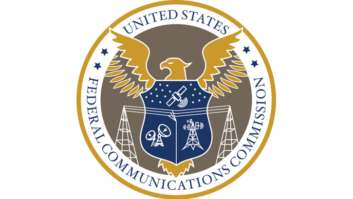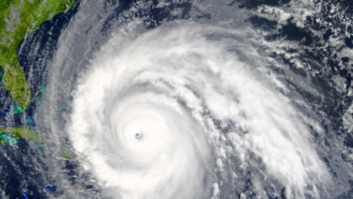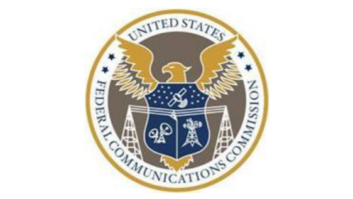Last week the FCC sent Congress a report on the study to assess short-term and long-term needs for allocations of additional portions of the electromagnetic spectrum for federal, state and local emergency response providers. At the top of the list, the study found “Emergency response providers would benefit from the development of an integrated, interoperable nationwide network capable of delivering broadband services throughout the country.” As a result, the report said the FCC would “expeditiously examine whether certain channels within the current allocation of 24 MHz of public safety spectrum in the 700 MHz band could be modified to accommodate broadband communications.”
The FCC report stated, “While the effort to address the short-term spectrum needs of public safety is underway, attaining a wholesale assessment of long-term spectrum needs is an ongoing task. Mobile, broadband communications, implemented in combination with upgraded equipment, associated training and close coordination, could offer emergency response providers many important capabilities.”
A nationwide interoperable broadband mobile communications network could provide benefits including delivery of rapid warnings and messages of criminal activity such as AMBER Alerts, video surveillance during emergency incidents, real-time text messaging and e-mail, delivery of high-resolution digital images and the ability to obtain locations and status information of personnel and equipment in the field.
The FCC envisions “a mobility and satellite component” in the network that would give emergency response providers the ability to bring in a mobile infrastructure and quickly re-establish communications when permanent networks are down. The network could use inflatable antennas, cell towers on wheels and high-altitude balloons operating independently of damaged local infrastructure. Smart radios capable of operating on multiple frequencies and multiple formats would allow responders with different systems to communicate with each other.
The study found that there may be a place for commercial wireless providers “to assist public safety in securing and protecting the homeland.” It also emphasized its longstanding commitment to work closely with the public safety community to satisfy immediate and short-term spectrum needs.
Appendix D outlines “Projects to Enhance Capabilities of Emergency Response Providers.” These include a city-wide broadband wireless system in Washington D.C., a statewide digital trunked network in New York with both voice and data capability and a statewide program using MSV’s mobile satellite service to enhance New Mexico State Police communications in remote and rural parts of the state. One of the most interesting projects was proposed by consulting firm Interoperable Wireless. It would use Los Angeles County as the site for its proposed national Spectrum Efficiency Demonstration System (SEDS). Interoperable Wireless said the firm’s “spectrum efficiency techniques” can be combined to compress 80 MHz of public safety voice services into only 8 MHz, opening up 40 to 50 MHz of current VHF/UHF spectrum for high-speed data services. Interoperable Wireless noted this is far more than the 12 MHz currently allocated for public safety use in the 700 MHz band.
This is only one portion of the 72 page report. There is a wealth of information in the report on the spectrum needs of Public Safety agencies, including microwave frequencies for video surveillance.
(TV Technology)

